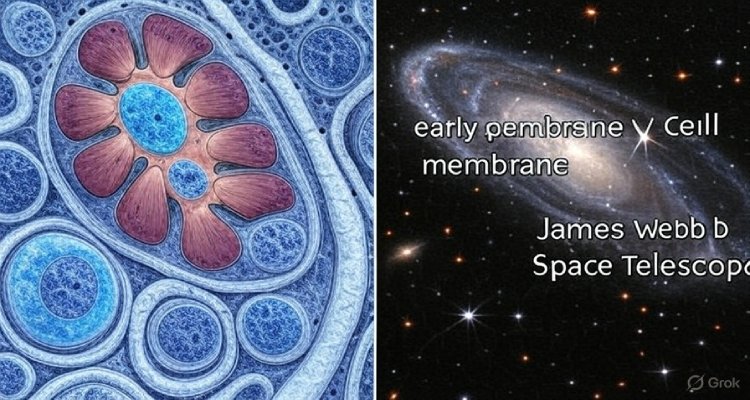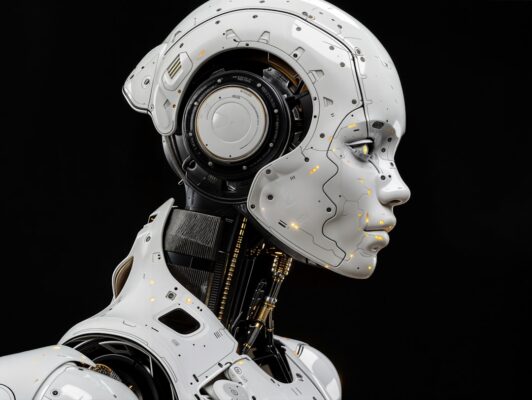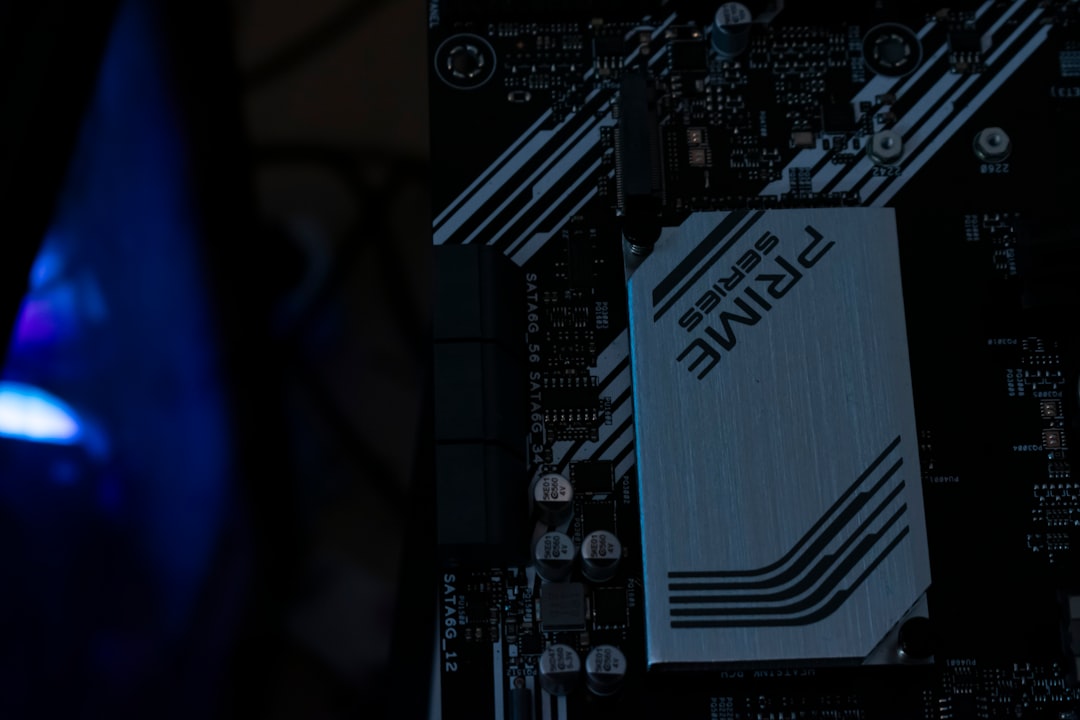Microscopes & Telescopes: Today’s Science Spotlight

Meta Description From microscopic cells to distant galaxies, today’s science breakthroughs reveal the hidden layers of our universe, bridging biology and astronomy.
Introduction: A Lens on Discovery
From peering into a single cell to surveying the vastness of a distant galaxy, humanity’s quest to understand the universe has always relied on the power of lenses—literal and metaphorical. Today, scientific discovery is being driven by two powerful tools: the microscope and the telescope. Both offer radically different perspectives, yet together they’re enabling groundbreaking insights in biology, medicine, and astrophysics. In this science spotlight, we explore how the smallest and largest realms of existence are colliding in the pursuit of knowledge.
Context & Background: The Tools That Changed Science
Microscopes revolutionized medicine and molecular biology, unveiling viruses, bacteria, and cellular structures that remain invisible to the naked eye. Meanwhile, telescopes have extended our sight beyond Earth’s boundaries, allowing us to map galaxies, detect exoplanets, and decode cosmic phenomena.
In recent years, both technologies have undergone transformative upgrades. The James Webb Space Telescope (JWST), launched in December 2021, is redefining space science. At the same time, super-resolution microscopy techniques such as STED and cryo-electron microscopy are offering nanometer-scale clarity in the world of cellular biology.
This convergence of precision and perspective is ushering in a new age of discovery.
Main Developments: Breakthroughs Under the Lens and Beyond the Stars
Microscopic Milestone: Human Cell Atlas Breakthrough
One of today’s most significant developments in microscopy-based science is the expansion of the Human Cell Atlas project. Using cutting-edge imaging and AI-powered analysis, scientists have successfully mapped over 5 million human cells across different organs in stunning detail. This atlas is set to redefine diagnostics by providing a reference for healthy versus diseased tissue on a cellular level.
According to Dr. Aviv Regev, co-chair of the initiative, “This is not just a catalog—it’s a blueprint for the future of precision medicine. We’re seeing how different cell types function in real time and how disease alters them.”
Telescopic Triumph: JWST Sheds Light on ‘Dark’ Galaxies
Simultaneously, in deep space, the James Webb Space Telescope has captured images of “dark” galaxies—massive ancient structures once thought to be invisible due to their low brightness. A study released today in Nature Astronomy confirms these galaxies are filled with star-forming dust, helping astronomers better understand galaxy evolution during the cosmic dawn (roughly 300 million years after the Big Bang).
“This is a game-changer,” said Dr. Jane Rigby, JWST’s operations project scientist. “These galaxies were hiding in plain sight, and now we’re finally seeing them.”
Expert Insight & Public Reaction
Across disciplines, researchers and the public alike are reacting with awe.
Dr. Anthony Fauci, commenting on the Human Cell Atlas, remarked, “This level of cellular detail is invaluable for developing vaccines, cancer treatments, and understanding autoimmune diseases. It’s the future of medicine.”
On the astronomical front, space enthusiasts are celebrating on platforms like Reddit and Twitter, sharing enhanced images from JWST and comparing them to earlier Hubble shots. One viral post simply read, “JWST just turned the lights on in the early universe.”
Even educators are joining in. High school science teachers in the U.S. are reportedly incorporating both developments into updated curricula, using them to explain biology’s complexity and the universe’s vastness in relatable ways.
Impact & Implications: The Science of Scale
These breakthroughs are more than technological feats—they’re paradigm shifts.
In Healthcare:
- The Human Cell Atlas will redefine diagnostic standards.
- Personalized treatment strategies based on cellular behavior will become more precise.
- New diseases could be detected at earlier stages by identifying microscopic cellular changes.
In Astrophysics:
- JWST’s dark galaxy observations challenge existing cosmological models.
- Astronomers may need to revise theories about star formation and early galaxy behavior.
- The data supports the search for habitable exoplanets, bringing us closer to answering whether life exists beyond Earth.
Furthermore, both efforts are heavily reliant on AI and big data, signaling a new era of computational science where machine learning partners with human expertise to decode nature’s complexities.
Conclusion: Bridging the Infinitesimal and the Infinite
In today’s science spotlight, microscopes and telescopes don’t just symbolize tools of observation—they represent humanity’s relentless curiosity. One looks inward, unveiling the microcosmic intricacies of life; the other looks outward, revealing the cosmic tapestry we inhabit.
As we zoom into cells and zoom out to galaxies, one truth remains: there’s still so much we don’t know. But with every pixel of a cell or starlight from a distant galaxy, we’re getting closer—not just to knowledge, but to understanding our place in the grand scheme of things.
Disclaimer: This article is for informational purposes only and does not constitute medical or scientific advice. Always consult relevant experts for professional guidance.










